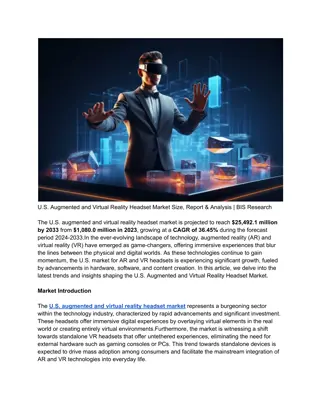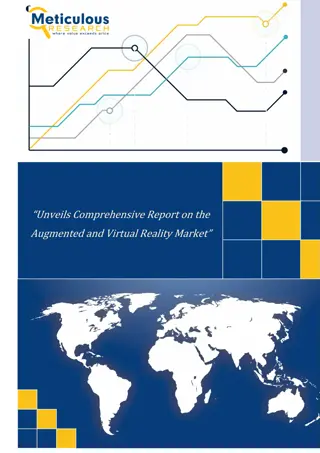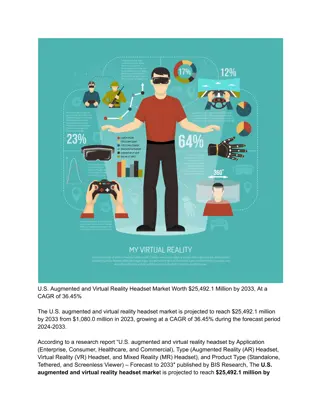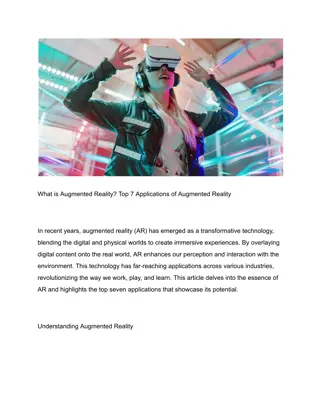Beginner’s Guide Getting Started with Augmented Reality
"Beginneru2019s Guide: Getting Started With Augmented Reality" simplifies AR for newcomers, covering its basics, applications, and tools. Discover how AR works and learn step-by-step how to create and explore this exciting technology. Perfect for
Download Presentation

Please find below an Image/Link to download the presentation.
The content on the website is provided AS IS for your information and personal use only. It may not be sold, licensed, or shared on other websites without obtaining consent from the author.If you encounter any issues during the download, it is possible that the publisher has removed the file from their server.
You are allowed to download the files provided on this website for personal or commercial use, subject to the condition that they are used lawfully. All files are the property of their respective owners.
The content on the website is provided AS IS for your information and personal use only. It may not be sold, licensed, or shared on other websites without obtaining consent from the author.
E N D
Presentation Transcript
Beginners Guide: Getting Started with Augmented Reality Augmented Reality (AR) is a captivating technology that blends the virtual world with the real world, offering users an enriched and interactive experience. Whether you re a tech enthusiast or just curious about the latest advancements, this beginner s guide will walk you through the essentials of getting started with augmented reality. Introduction to Augmented Reality (AR) Augmented Reality (AR) has become one of the most revolutionary advancements in the tech industry. It is a cutting-edge technology that overlays digital content onto the real world, creating an interactive and immersive experience for users. Unlike Virtual Reality (VR), which offers a fully simulated environment, AR enhances our real-world surroundings by adding virtual elements. This article will introduce beginners to AR, its functionalities, applications, and the exciting future ahead. How Augmented Reality Works AR operates using a combination of hardware and software components. Cameras capture real-world environments, sensors track motion and orientation, and advanced algorithms process this data to superimpose digital content seamlessly. This blend of the virtual and real worlds allows for unique user interactions. Understanding this process helps pave the way for innovations in areas like VR app development and immersive experiences. Types of Augmented Reality Devices There are various devices that provide AR experiences, each offering distinct features and capabilities: Head-mounted Displays (HMDs) Wearable devices like AR headsets project virtual content directly into the user s line of sight. Smartphones and Tablets Modern mobile devices are equipped with AR functionality, making AR apps widely accessible to users. AR Glasses Devices such as Google Glass deliver hands-free AR interactions and are gaining popularity for everyday tasks. AR Contact Lenses Still under development, AR contact lenses promise seamless and futuristic AR integration. Popular Augmented Reality Apps and Games AR is already part of our daily lives through engaging apps and games. Notable examples include: Pok mon GO: This game brought AR to the masses, allowing users to catch virtual creatures in the real world. Snapchat Filters: These filters use AR to add fun and creative effects to selfies and videos. IKEA Place: This app lets users visualize how furniture would look in their homes before purchasing.
Such examples showcase the role of app development in bringing AR applications to life. Augmented Reality in Education and Training AR is transforming education by offering interactive tools like 3D models for anatomy lessons, virtual field trips, and language learning apps. These applications enhance the learning experience, making it more engaging and accessible for students of all ages. Augmented Reality in Healthcare The healthcare industry is leveraging AR to improve surgical precision, medical training, and patient care. AR overlays assist surgeons during procedures, while medical students can practice using virtual simulations, providing safer and more effective training environments. Augmented Reality in Retail and Marketing Retailers are embracing AR to deliver unique customer experiences. Shoppers can virtually try on clothes, visualize furniture in their homes, and interact with products in immersive ways. Companies offering Design and Animation services are playing a key role in creating these interactive AR experiences. Augmented Reality in Entertainment and Tourism AR is redefining entertainment and tourism through applications like AR-powered museum tours and interactive theme park experiences. Users can enjoy immersive storytelling and engaging adventures, blending the physical and virtual worlds. The Future of Augmented Reality The future of AR holds immense potential. With advancements in technology, we can expect more refined AR glasses, smoother integration into daily activities, and even AR contact lenses. Innovations in MR app development (Mixed Reality) will further enhance how we interact with digital and physical environments, offering endless possibilities across industries. Challenges and Limitations of Augmented Reality Despite its growing popularity, AR faces challenges like privacy concerns, technical limitations, and potential overuse. Developers need to address these hurdles to ensure AR remains a positive and beneficial technology. Tips for Developing AR Applications For those interested in AR development, a focus on user interaction, device optimization, and seamless blending of digital and real-world elements is crucial. Prioritizing quality and usability will ensure engaging and successful AR experiences. Ethical Considerations in Augmented Reality As AR becomes widespread, ethical concerns must be addressed. These include protecting user data, promoting inclusivity, and evaluating AR societal impact to ensure it benefits everyone. Conclusion Augmented Reality is reshaping industries like education, healthcare, retail, and entertainment. AR is set to transform how we perceive and interact with the world. As this technology continues to evolve, the possibilities for innovation are limitless, making AR an integral part of our future.
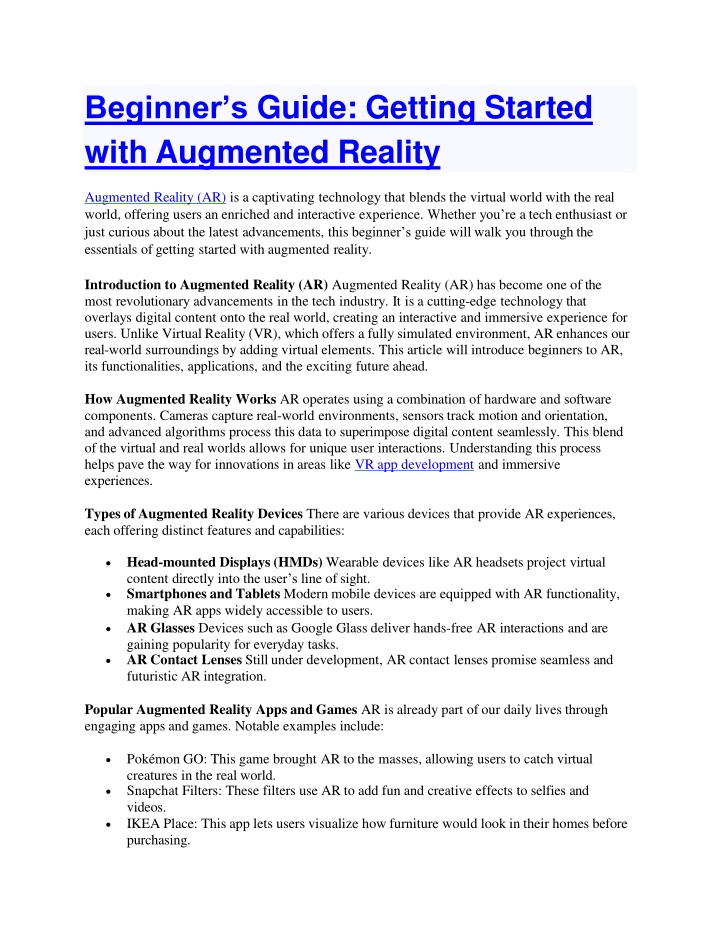

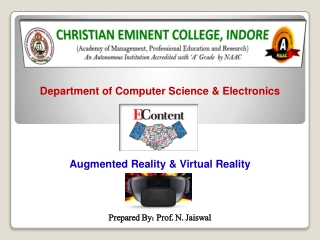

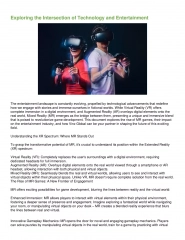
![[PDF⚡READ❤ONLINE] Zen Mind, Beginner's Mind: 50th Anniversary Edition](/thumb/20459/pdf-read-online-zen-mind-beginner-s-mind-50th-anniversary-edition.jpg)


